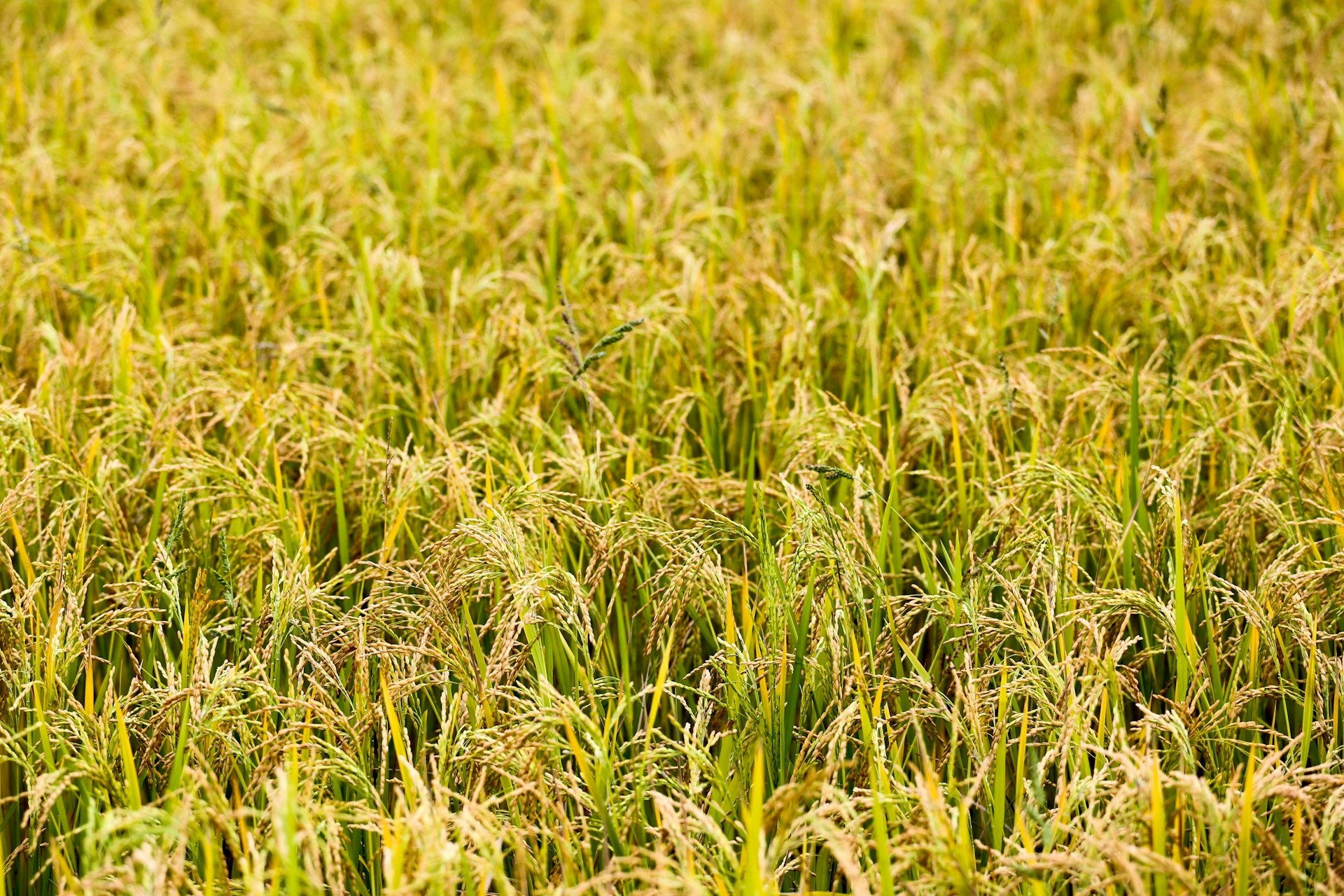Rice has become a big part of Ghanaians’ daily diet. The country consumes about 1.45 million tonnes a year – but produces only 987,000 tonnes, approximately 68% of that.
Efforts to produce more rice often involve providing improved seeds and fertilisers for farmers to increase their farm size. This results in increased labour-intensive work for smallholder farmers.
Smallholder farmers are the backbone of local rice production in Ghana. They produce more than 50% of the total.
Smallholder farmers usually only have access to machinery for some of their tasks: field preparation and harvesting. They have to do everything else manually, like planting and applying fertiliser and chemicals. Doing these tasks manually can reduce yields, which means the farmers make less money from their farms.
I’m part of a team of agricultural engineers who wanted to know if using machinery for rice production could help small farmers economically and promote sustainable farming methods.
We conducted research in Asutsuare, a rice production hub in southern Ghana. We did a field survey of 320 farmers and drew on secondary sources for additional information and data.
Because using machinery depends on its affordability, we evaluated four potential ownership models. The two that were the most economically viable were where machinery was cooperatively owned or where it was owned by an individual farmer. Our research also identified that stakeholder engagement between farmers, operators, machinery sales agents, manufacturers and policymakers was essential. By this we mean talking and listening to each other, having better access to each other and understanding each other’s needs.
We conclude that the two models and the interactions we identified could promote machinery ownership and strengthen social connections in the community. This local knowledge base can help expand the use of machinery within the community and in turn machinery will increase production.
In our view these models and interactions can be replicated in sub-Saharan African farming communities with similar dynamics. This will improve mechanised farming.
Smallholder rice farmers
The smallholder sector is critical to the growth and sustainability of the region’s economy. Boosting the productivity of these farmers is vital for achieving sustainable development in the agricultural sector.
Mechanisation should be able to increase production without imposing arduous working conditions on smallholder farmers.
In most cases, mechanisation for smallholder farmers is encouraged through hiring schemes. Unfortunately, these schemes have not been successful in meeting the expectations. This is partly due to the fact that the schemes are unable to provide mechanisation services throughout the entire farming season – because they don’t have all the machinery they need. For instance, when farmers employ ploughing services, they are left to carry out the remaining farming activities on their own manually. This is difficult if they have a large piece of land.
Smallholders also need machinery ownership models that enable them to work on a larger scale.
New models
Our research involved designing new models that would give smallholder farmers’ easier access to, and in some cases ownership of, machinery.
To get the greatest benefit from mechanisation, we emphasised the importance of effective stakeholder collaboration. Our ultimate goal was to enhance the productivity and efficiency of smallholder farmers while improving their economic livelihoods.
As part of our study we investigated the challenges associated with smallholder mechanisation in the region.
Based on the data collected, two main scenarios for machinery ownership were formulated: individual and cooperative ownership. These ownership models consisted of machines for land preparation, planting, husbandry operations, and harvesting rice paddy. The models focused on scale-appropriate machinery effective for smallholder farmers. For instance, a power tiller was recommended for field preparations, a drum-seeder for planting rice, and mini-combine harvesters for harvesting and threshing rice.
The study found that the cooperative ownership model was the most economically viable option for farmers who were able to cultivate their crops only once a year. This model had many benefits. It allowed up to 20 farmers to own machinery together, reducing costs and increasing efficiency. The farmers were also able to share resources. They shared the initial cost of the machine, reducing their overall capital requirement, and shared the cost of repairing and maintaining the machinery throughout its lifespan.
For farmers who were able to offer hiring services – mainly those able to cultivate crops twice a year – the individual ownership model worked. Farmers could generate extra income by hiring out their machinery and by planting rice twice a year.
Next steps
For any of the ownership models to be successful, the study proposed that all stakeholders within the mechanisation provision system should work together by sharing relevant experiences and information. The stakeholders are operators, machinery sales agents, manufacturers, researchers, policymakers and smallholder farmers.
Manufacturers, operators and machinery sales companies need to collaborate with policymakers to develop suitable policies for the importation and local production of machinery. Similarly, researchers must constantly interact with all stakeholders to provide innovative solutions to pressing problems.
To encourage smallholder farmers’ adoption and proper use of machinery, the study recommended that agricultural mechanisation extension agents should be introduced in farming communities. These agents can provide guidance, training and technical assistance.
The results of this study could help other African countries that want to mechanise smallholder agriculture production. Small farmers can improve their productivity and achieve a fully mechanised farming system through collaboration and resource sharing.
Selorm Yaotse Dorvlo, Senior lecturer, University of Ghana
This article is republished from The Conversation under a Creative Commons license. Read the original article.




